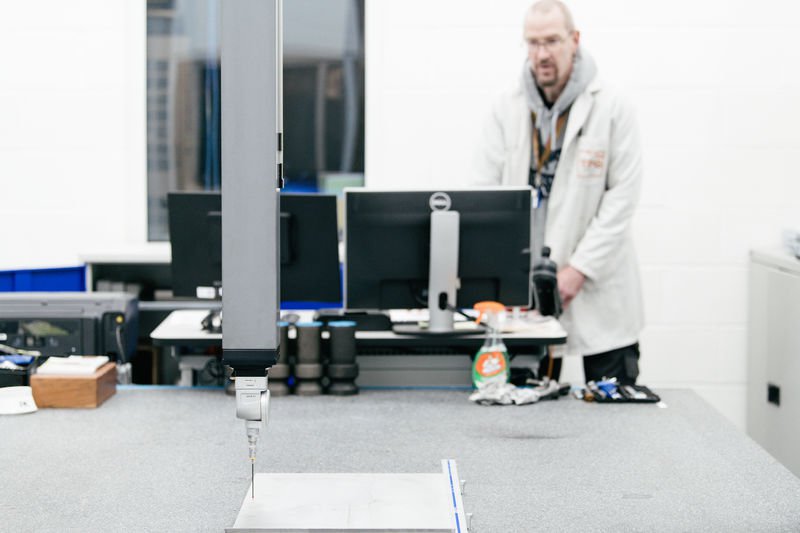A great deal of planning and research goes into starting a business. This planning does not stop at finding a business location, obtaining the needed funds and hiring the employees. Earlier, Anand Jayapalan had discussed how entrepreneurs need a proper plan in place for their company’s technology as well. No matter the size of a company or the type of operations it has, it is vital to have a technology plan that accommodates both current and future needs.
What is a technology plan?
A technology plan is a well-defined, thorough strategy that is meant to account for, implement, and to utilize technology in an efficient manner at a business organization. A technology plan firstly identifies all the technology required by a business. It helps in understanding not only the current technology needs of the enterprise, but also any future resources it may require.
A technology plan allows business owners and managers to properly devise a funding strategy in order to accommodate its technology needs. It also provides a timeline for implementing the technology plan. A technology plan may include moderate rollouts that aid technology to grow with the company and support its operations. A technology plan should have clear objectives and goals, a realistic budget, as well as a strategy to implement the plan.
Steps involved in technology planning
A few simple, easy-to-manage steps have to be followed to create a technology plan:
- Firstly, one must identify how technology fits into their business strategy, and may that evolve overtime.
- One needs to take a careful look at the requirements of a company, and see how technology is and will be used.
- The required technology and equipment should be purchased.
- After one finalizes the implementation and rollout of the technology, they must make sure that it is managed on a realistic schedule. Everyone involved must be aware of the plan and trained to use any of its features.
The benefits of a technology plan
After a technology plan has been established and implemented by a company, it can benefit it in many ways. Rather than relying on inefficient technology, the plan requires companies to deploy cost-effective technology and hardware, leading to long-term savings. Through a systematic budgeting and implementation process, companies can gradually acquire technology without straining their budget. Additionally, the plan furnishes businesses with a comprehensive inventory of hardware and infrastructure, safeguarding the company’s assets.
The technology plan provides businesses with a distinct and tangible roadmap to attain their objectives. It outlines a strategic course of action for technology and communications that is in harmony with overarching goals, aiming to enhance productivity, production efficiency, customer experience, and software development.
Earlier, Anand Jayapalan had spoken about how technology tends to cater to the specific operations of a business, and helps it to achieve certain important objectives and goals. Proper technology planning therefore often has a major role in enabling business owners and employees to work better and increase production. Having the appropriate technology can even help boost customer experience, when they do business with the company. It helps make sure that the company meets customers’ demands and employees’ expectations, which ultimately leads to long-term success.


